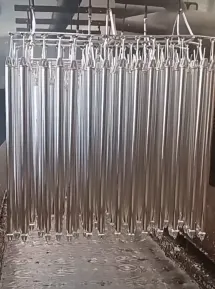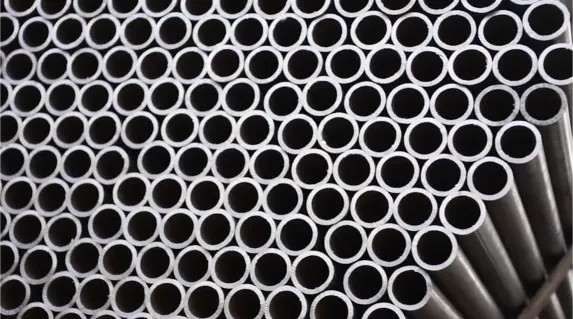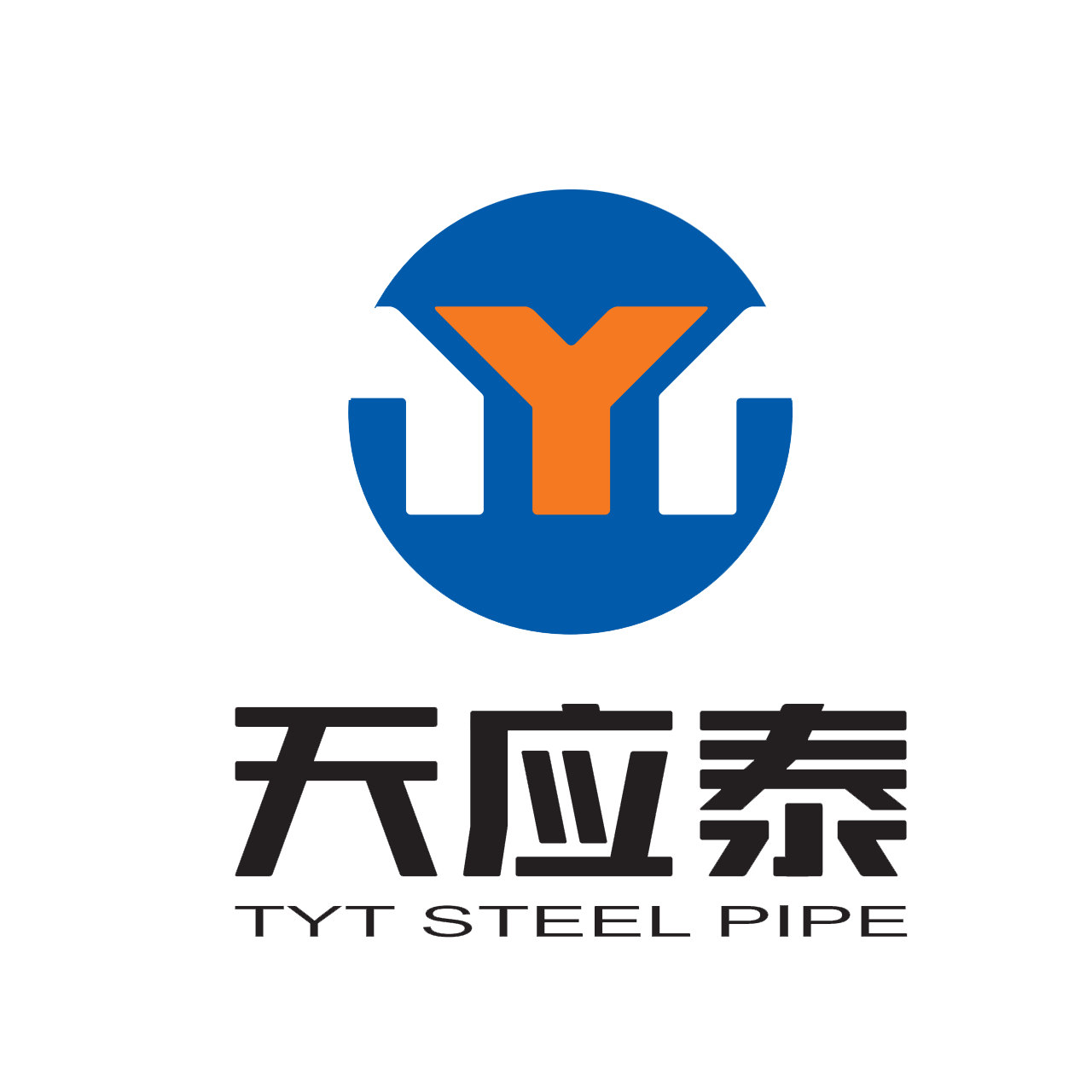How is zinc coated?
I. Overview of the Hot-Dip Galvanizing Process
A. Surface Preparation
1. Prior to hot-dip galvanizing, steel needs meticulous surface preparation to ensure cleanliness, devoid of grease and oxides.
B. Acid Pickling Treatment
1. Steel may undergo an acid pickling treatment to eliminate surface oxides and other impurities.
C. Preheating
1. Preheating is essential to ensure the even adhesion of the coating to the surface.


II. Immersion Process
A. Coating Formation
1. Steel is immersed in molten zinc.
2. Zinc forms a coating on the steel surface.
B. Chemical Reactions and Electrochemical Processes
1. Coating formation involves chemical reactions and electrochemical processes on the steel surface.
2. Formation of a zinc-iron alloy layer.
III. Cooling and Cleaning
A. Cooling Process
1. Post-immersion, steel undergoes a cooling process.
B. Cleaning Steps
1. Potential cleaning steps may be necessary to remove excess coating.
How effective is the zinc coating against corrosion?
The zinc coating serves as a reliable guardian during transportation and storage, offering comprehensive corrosion protection for steel. As a steel distributor concerned about product quality and costs, this undoubtedly represents a significant advantage.
Corrosion Shield: The zinc coating acts like a robust protective shield, tightly guarding steel against the intrusion of oxygen and moisture. This resilient shield effectively slows down the impact of oxidation and corrosion.
Self-healing and Sacrificial Protection: During transportation and storage, even if the zinc coating surface experiences scratches or damage, the zinc oxide film possesses self-healing capabilities. Además, zinc sacrificially protects the steel, providing an extra layer of security to ensure worry-free product quality.
Reduced Wear and Tear: The zinc coating forms a solid protective layer on the steel surface, helping to alleviate surface wear and tear caused by transportation vibrations, friction, and stacking, resulting in a more durable product.

Economic Benefits and Reduced Maintenance Costs: The zinc coating not only offers robust protection for steel but also reduces maintenance costs during transportation and storage. Due to its significant corrosion resistance, the product requires less frequent anti-corrosion maintenance, thereby lowering the overall lifecycle costs.
En resumen, the zinc coating provides full-fledged support for your steel throughout the entire journey, adapting to various environmental conditions and ensuring the product maintains high-quality status before reaching its destination. As a steel distributor, this translates to more reliable product quality and lower maintenance costs, bringing tangible benefits to your business.
What zinc-coated products are available and how are they used in construction and infrastructure projects?
In construction and infrastructure projects, various products benefit from zinc coatings to ensure corrosion resistance and meet specific needs. Examples include steel structures, metal roofs, steel doors and windows, water supply and drainage systems, gas pipelines, as well as supports for solar and wind energy equipment.
By incorporating zinc coatings, these products experience significantly improved waterproofing, resistencia a la corrosión, and weather durability. This ensures that structures and equipment maintain stability and durability over extended periods of use. The suitability of specific products depends on the project’s nature, environmental conditions, and design requirements. If you share your project requirements with TYTSTEEL’s project manager, we can assist in developing tailored solutions for you.

After talking about the environment in which the zinc coating is applied, did you know that as a producer we control the quality?
What is the impact of zinc coatings in steel processing and cutting?
During the processing and cutting of steel with zinc coatings, certain impacts need consideration:
Coating Damage at Cut Edges: Cutting steel, especially through high-temperature processes like flame or plasma cutting, can potentially damage the zinc coating along the cut edges. This may make the exposed steel surface more susceptible to oxidation and corrosion.
Zinc Vapor Generation from Cutting: Some high-temperature cutting processes may generate zinc vapors from the coating. Special ventilation and protective measures might be necessary to ensure a safe working environment and protect the health of workers.
Impact during Welding: If welding is required after cutting, the influence of the zinc coating at the cut edges on the welding process and quality needs consideration. The presence of zinc may have some effects on welding.
To mitigate adverse effects of zinc coatings during steel processing and cutting, it’s common to employ cold cutting methods such as cold saw cutting or water jet cutting. This helps minimize the heat impact during cutting, preserving the integrity of the zinc coating. Regular equipment inspections are also essential to ensure optimal performance.
How to perform quality control of zinc coatings?
Quality control for zinc coatings involves several key steps to ensure optimal performance:
Coating Thickness Measurement: The thickness of the zinc coating directly impacts its corrosion resistance. Regular measurements and inspections of coating thickness using suitable tools, such as magnetic induction coating thickness gauges, are essential.

Visual Inspection: Conduct visual inspections to assess the coating’s appearance. Check for uneven coating, burbujas, pinholes, scratches, or other visual defects. This can be done through visual checks or with the assistance of a microscope.
Salt Spray Testing: Salt spray testing is a commonly used method to evaluate corrosion resistance. Conduct tests in a salt spray chamber to simulate marine environments, assessing the performance of the zinc coating in corrosive conditions. Evaluate the coating’s corrosion resistance in various environmental conditions.
Feel free to check out our video demonstrating the salt spray testing process.
